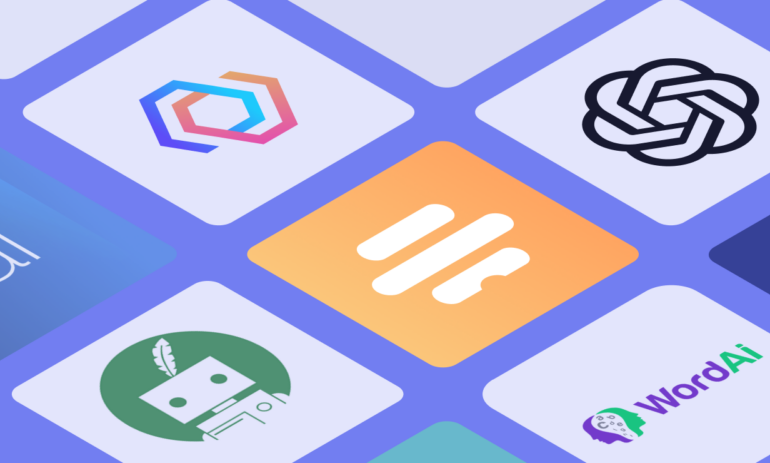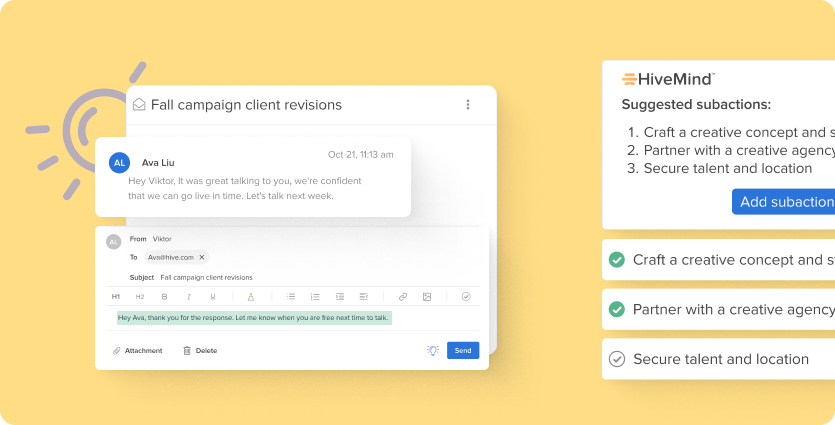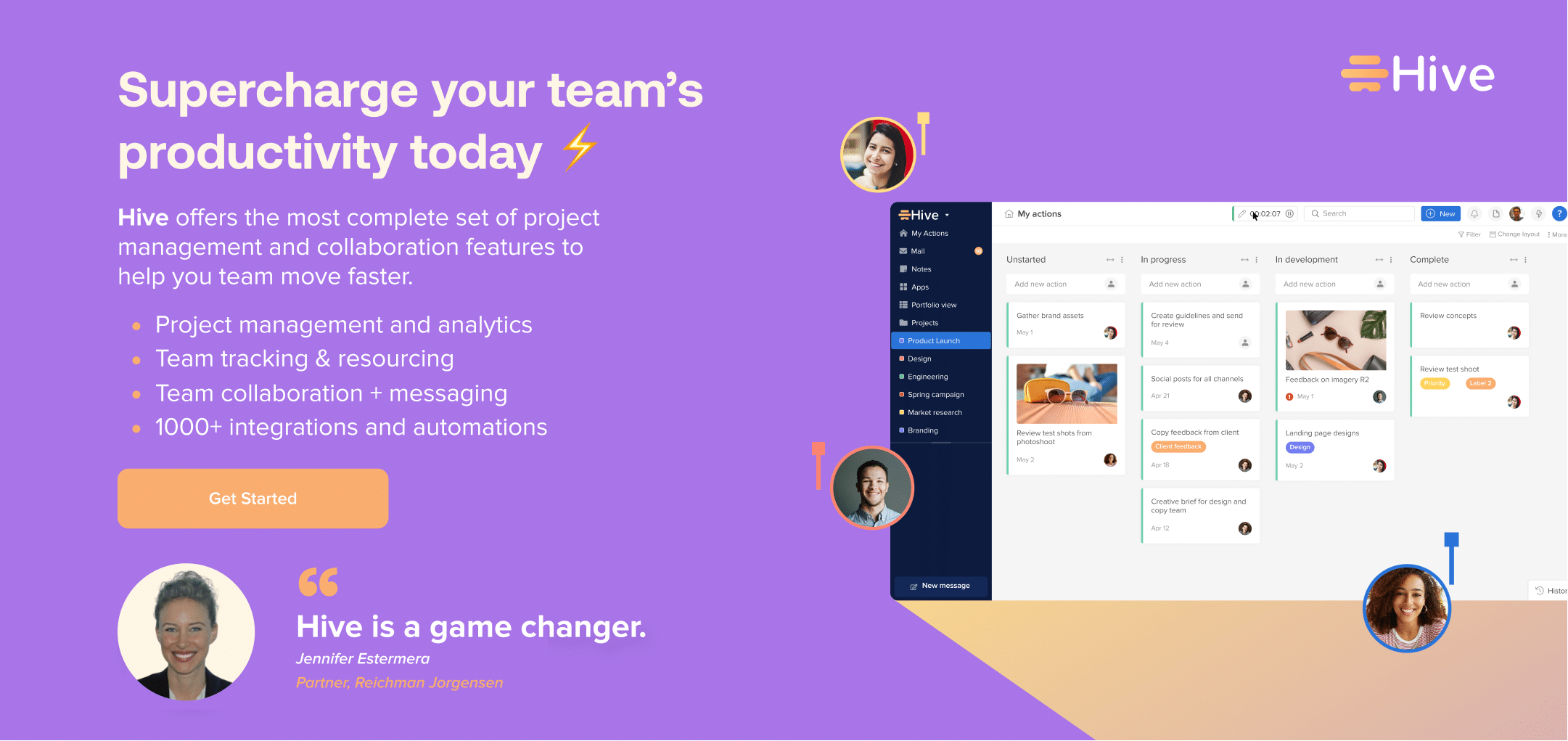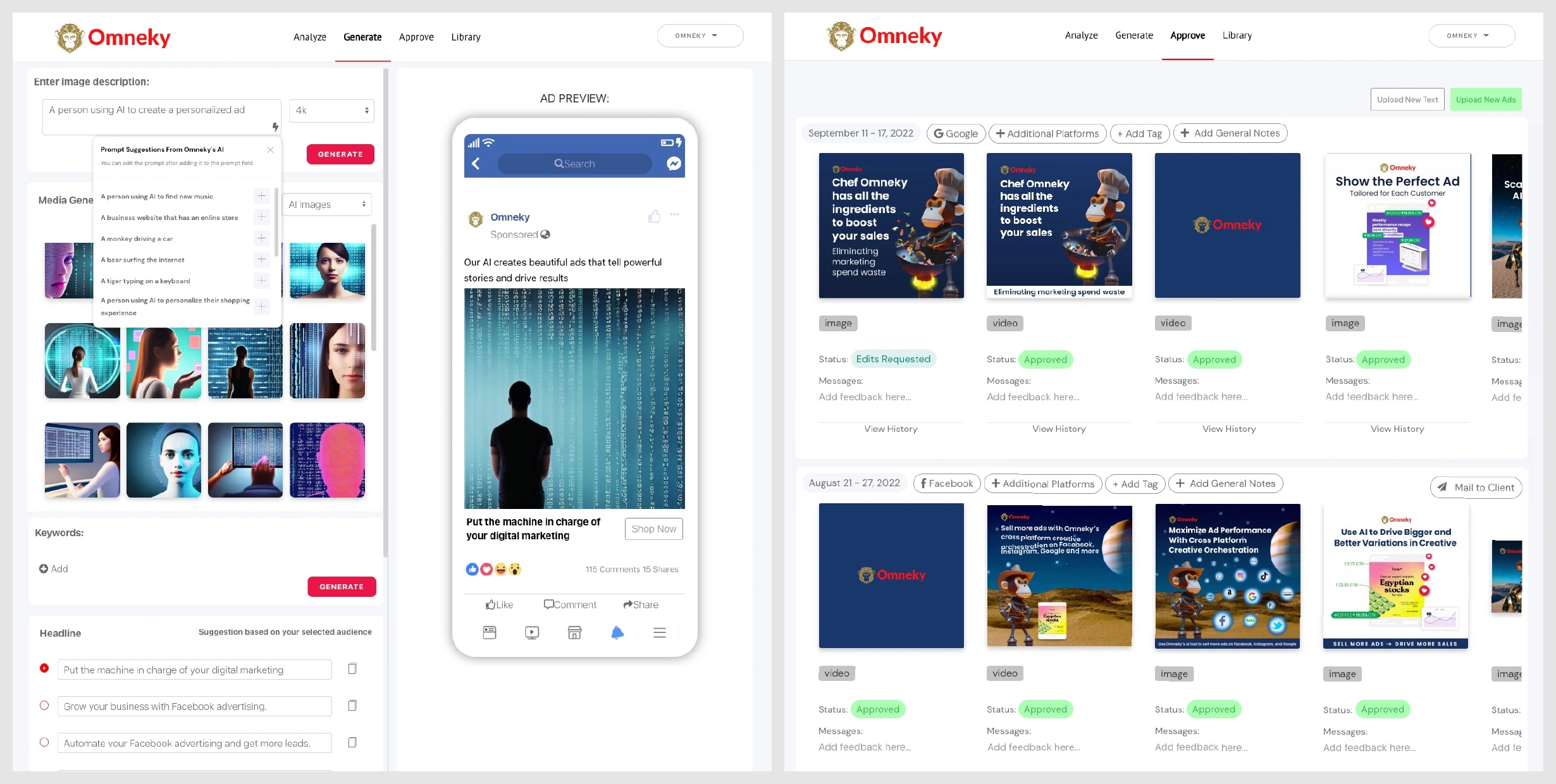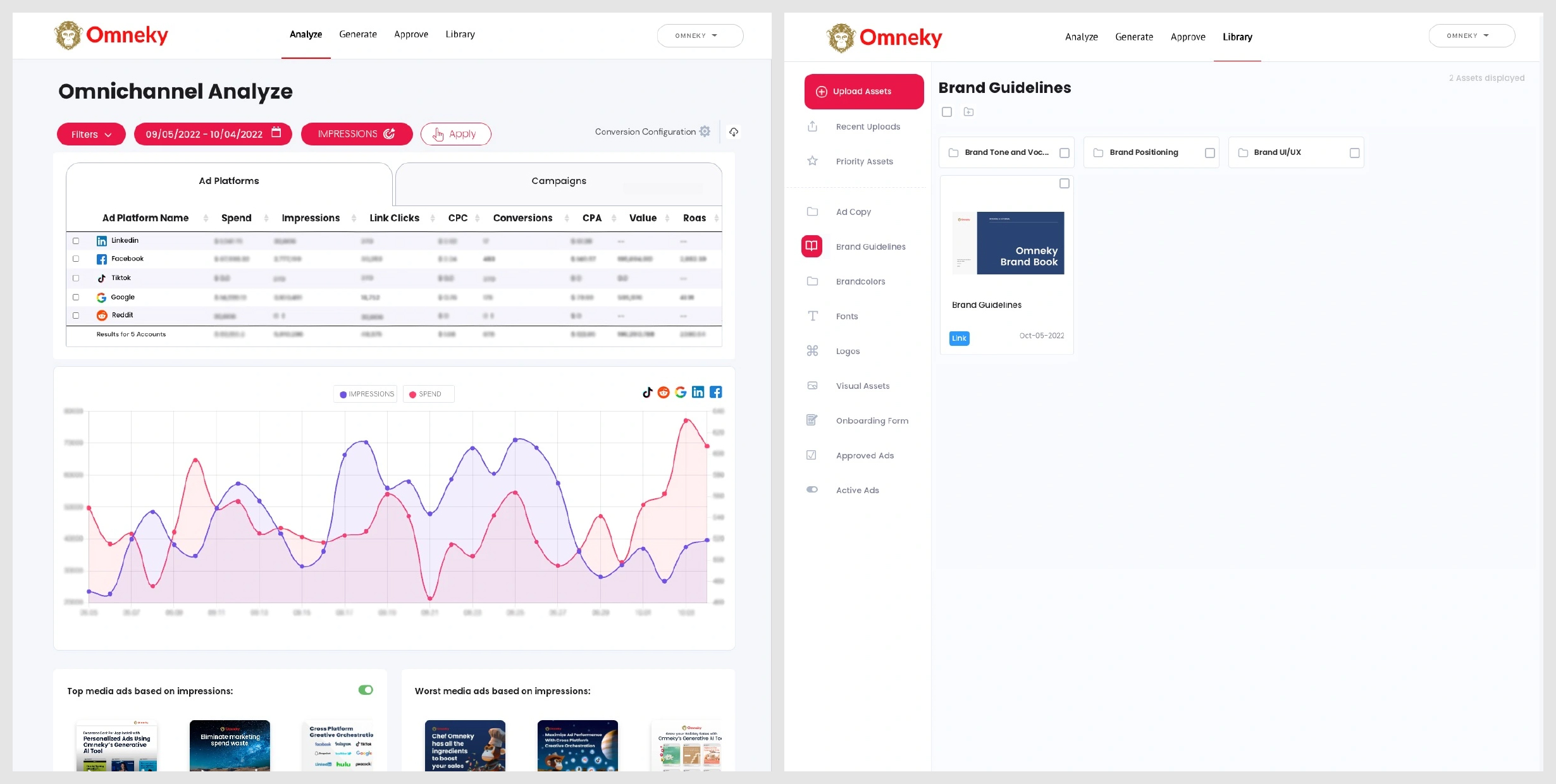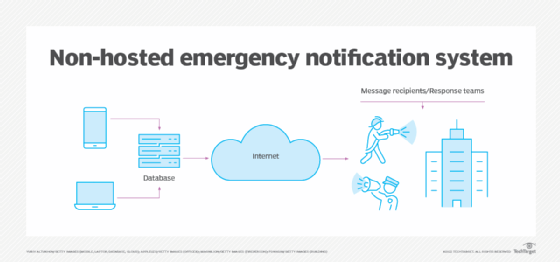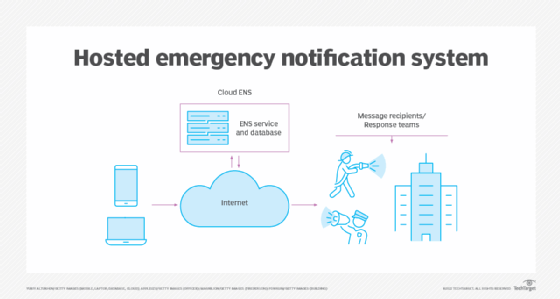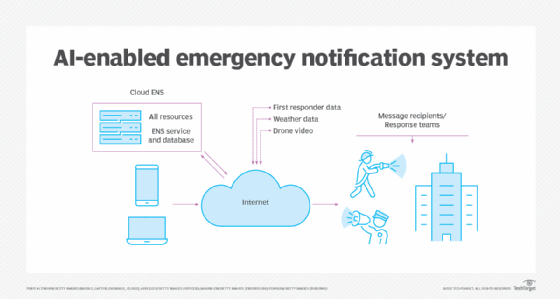By
AI has been in existence for a while but Chat GPT has advanced the uptake among business owners. The user-friendly interface, insightful and often surprising answers have been attracting entrepreneurs in to see what they can do. The number of Chat GPT-based products on Product Hunt has exploded and is only set to rise. The tools are being created in their hundreds and millions of entrepreneurs are using them.
How entrepreneurs are using AI
Most of the uptake of AI among entrepreneurs is in using the tools that already exist to save time doing things they already did. Much of this has been in the form of content. They are using AI copywriting and image generator tools and asking Chat GPT to generate headlines and captions and even entire sales pages, marketing email sequences and calls to action. They are writing blog posts for SEO with the help of a robot assistant who seems to have all the answers and can put together copy of any style in no time at all.
Some entrepreneurs are afraid of AI. They see it as their competition, and they are worried their margins and USPs are being squeezed by the technology. Akin to the 19th century luddites of the industrial revolution who smashed up sewing machines, AI is their sworn enemy and they are spending energy highlighting its obvious flaws to prove how they are better. They’re writing policies to keep AI out of hiring, content creation and artistic licensing, forgetting that humans too have flaws and biases.
A separate bunch of entrepreneurs have turned into detectives. They are concerned with figuring out what is real and what has been generated by AI. A friend owns a content site monetized using affiliate links and she hires copywriters to generate over a hundred articles a week. Suspicious that some of her copywriters aren’t writing the articles by hand, she’s investing in AI plagiarism tools to catch them out. Academics are developing more strict methods to ensure students don’t submit essays written by AI copywriting tools.
Every single one of these groups is missing the potential and thinking too small about how to incorporate AI into their business.
How entrepreneurs should be using AI
In 2015 I watched Moley Robotics launch the prototype of its robot kitchen. A pair of animatronic hands was trained by a chef to cut vegetables, prepare ingredients, and stir pasta. It could make an entire family’s meal at the touch of a button, and it even loaded a dishwasher afterwards. I thought about who the winners in this scenario were, should it become widely adopted in the future. The winners: the owners of Moley Robotics, the chef whose hands were used to train the robot, and the people consuming the food who haven’t had to make it themselves or pay a human to have it cooked for them.
Who were the losers? All the other chefs, whose hands weren’t used to train the robot and whose customers were now being looked after by the robot chef. The gap between the winners and losers is huge here. So which side would you rather be on?
Entrepreneurs aren’t using AI to its full potential: here’s how to think bigger. getty
The future of AI is winner takes all. But this isn’t about writing headlines and submitting fake essays, it’s about actually building the tools that billions of people will use. Adopting a winner takes all mentality is futile if you look to make incremental changes within your existing business. The potential of AI can’t be squeezed into your human-made schedule and services. Think bigger, or become obsolete.
A favourite problem-solving tool of Elon Musk is thinking about the platonic ideal. This means, rather than bodge AI into what currently exists, think of what could be created from scratch. Imagine nothing existed. Pretend you didn’t have a business that operated in a fixed way, but a blank slate to reimagine how you deliver the same outcome for your customers using AI. Thinking about what already exists will only confine your thinking and limit your results.
What’s the potential of AI for business?
Instead of a commercial law firm thinking about how to use AI writing tools to tidy up contracts and remove typos, they should think about what they can build so their customer feels safe and protected legally when running their business. Instead of a personal assistant worrying that they are out of a job once their clients realise there’s an existing tool for everything they do, they can use their expertise to design the tools and create new ones that work better.
A personal stylist needn’t worry that Chat GPT can give their customers tailored style advice just as they could, they should be thinking about how they can appear on every professional’s wardrobe, as the person they ask what they should wear every single day. The technology makes it possible, but most entrepreneurs are fixated on the wrong things and failing to see the potential for themselves.
The potential of AI is that we exist in harmony alongside it, and we use it to advance our lives. In the future, human-only generated content will just be in a different category. In the sport of powerlifting there are drugs-tested and non-drugs tested federations. If you aren’t drugs tested, it’s assumed you’re using performance-enhancing drugs. This will be the case with AI: if you haven’t specifically stated you aren’t using the tools, it is assumed that you are. And why wouldn’t you? Embrace what exists to spend more time doing what only your human self can do.
What’s in the future?
In the future is Chat GPT 3.5 and 4, and a whole host of alternatives, plus every tool that is being dreamed up and developed into reality by visionary entrepreneurs. There’s a widening gap between those with their head in the sand and those grabbing AI with both hands. Your business could be unrecognisable in a few months if you harness the technology without the constraints you’ve been working within so far. Figuring out how to do this is no easy feat.
While there are benefits in using the tools that already exist, doing this alone might mean you tread water until you’re overtaken. Although an efficient strategy in the short term, it’s not going to matter if your entire industry is upturned by a few key players that thought several steps ahead. Level up your visionary thinking and make yourself one of them.
Feature Image Credit: Getty
By
Entrepreneur psychology and how to run a business without it running you. Post-exit entrepreneur, author of Ten Year Career and Forbes’ 30 under 30 social entrepreneurs in Europe 2017.



